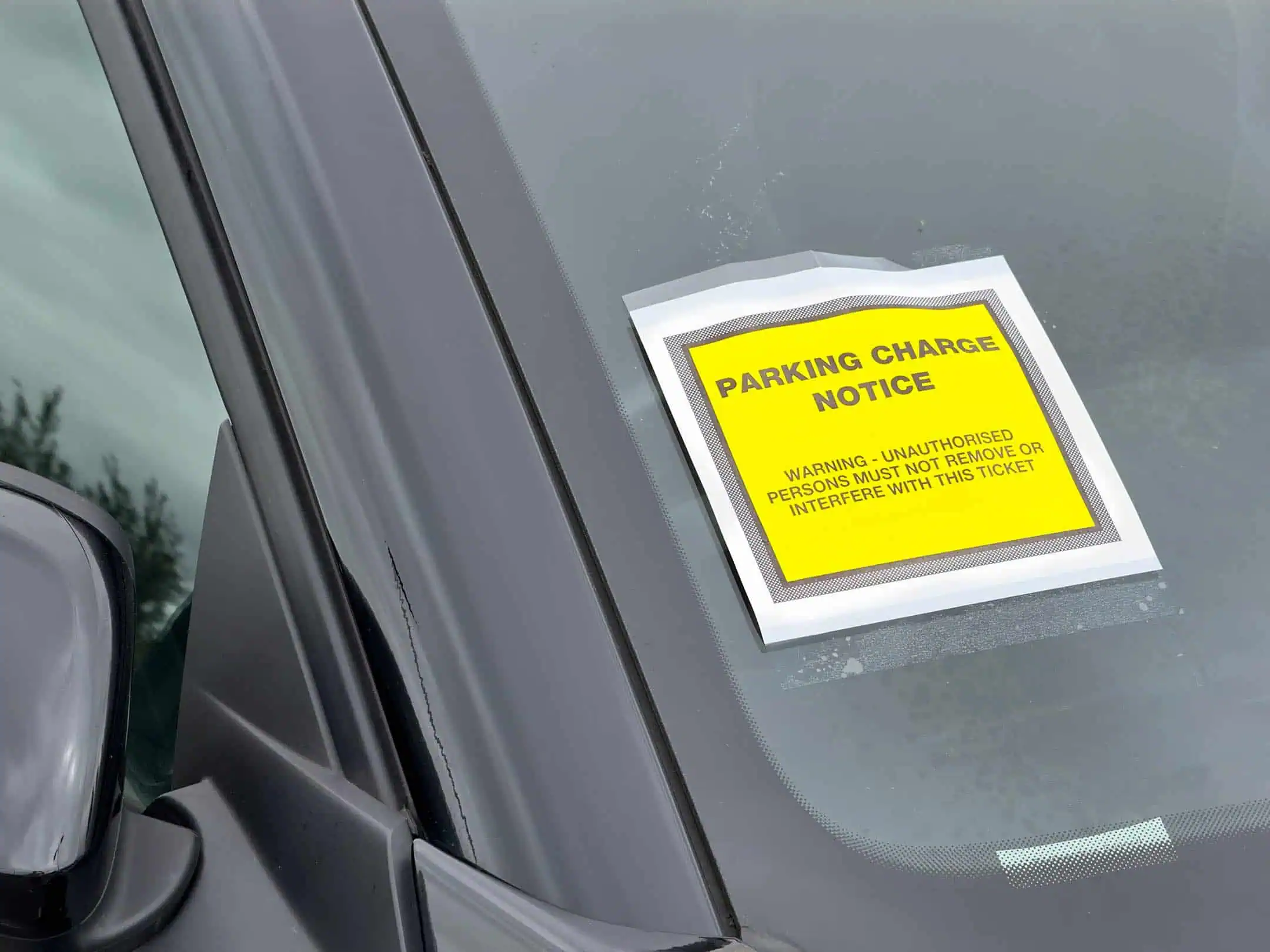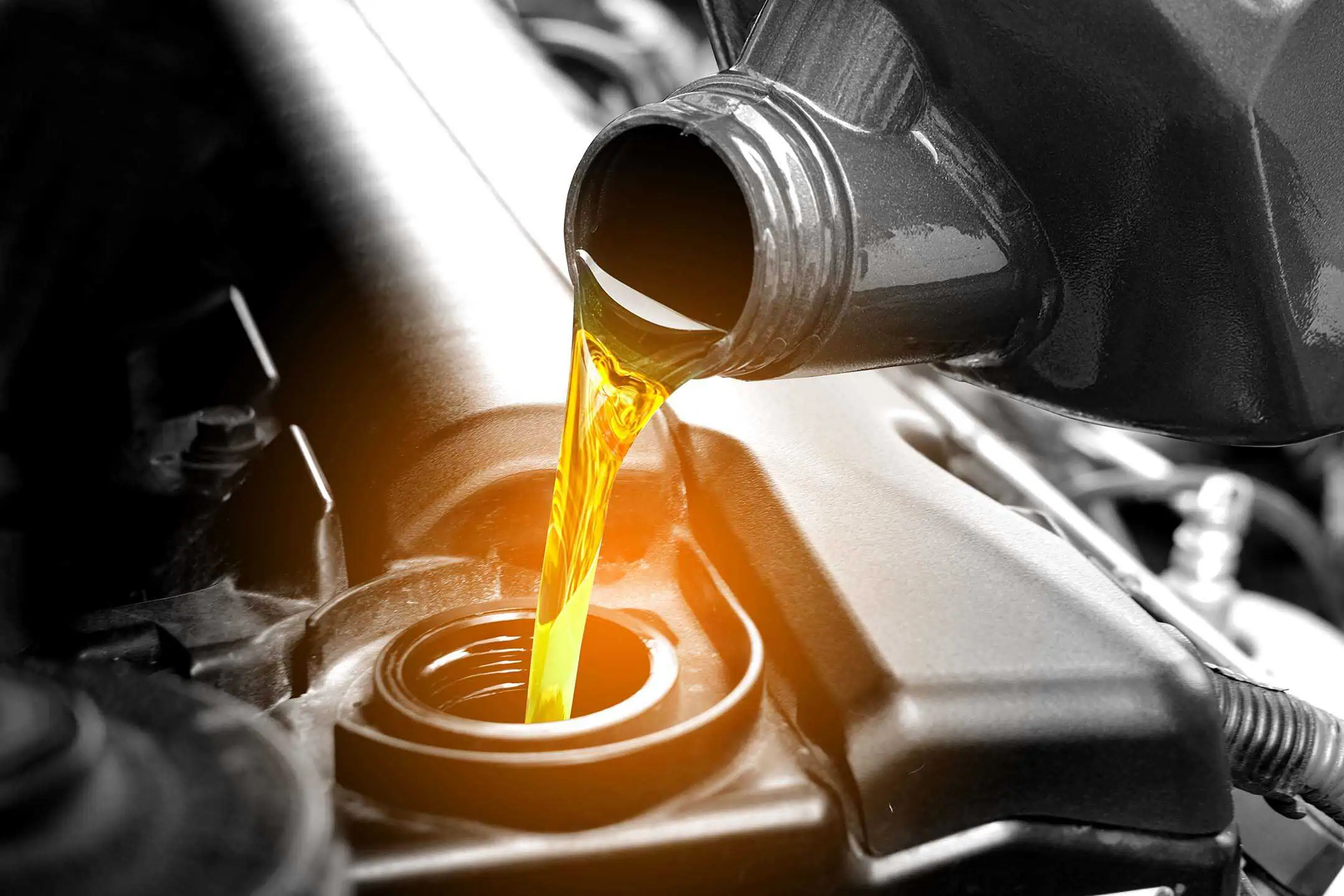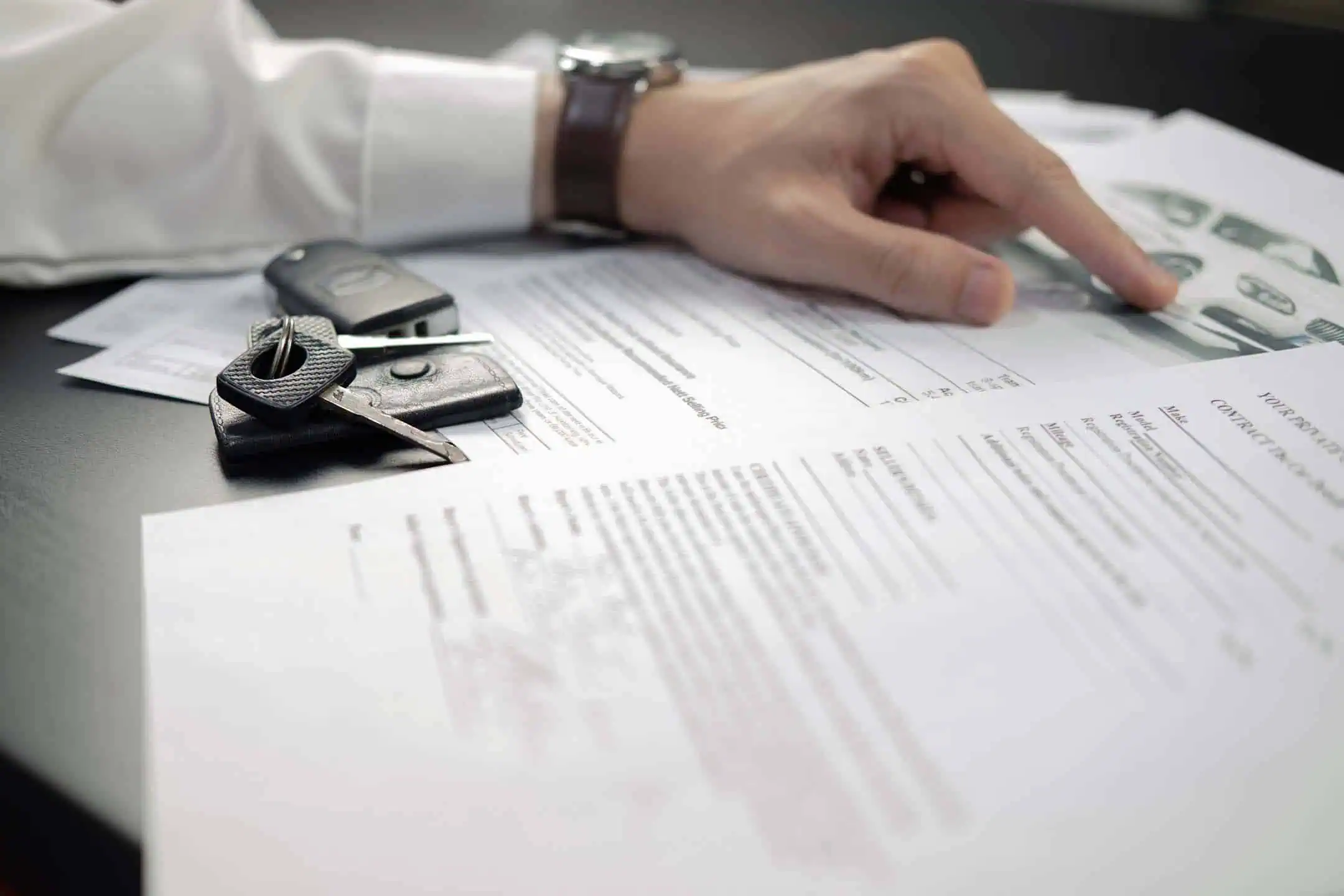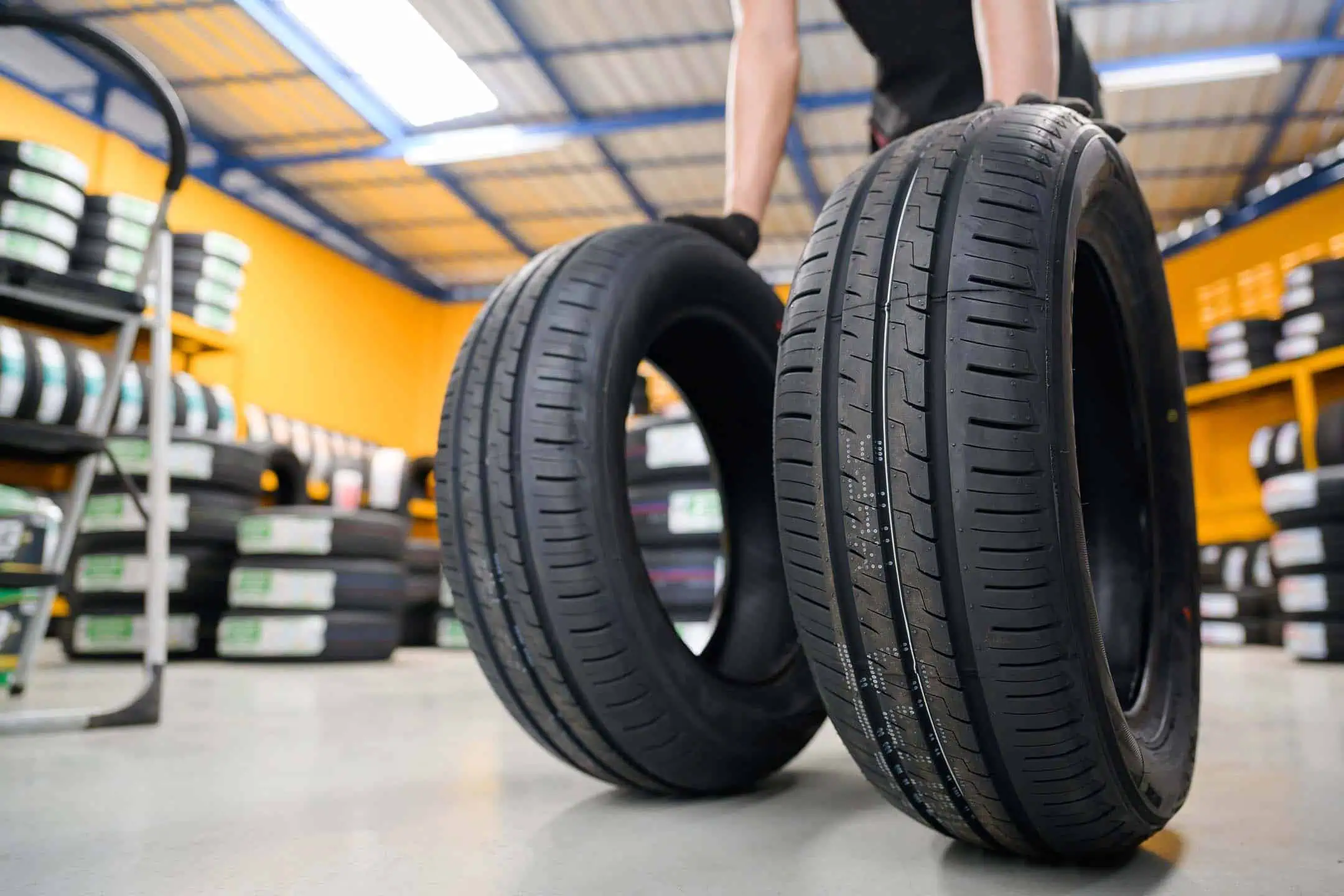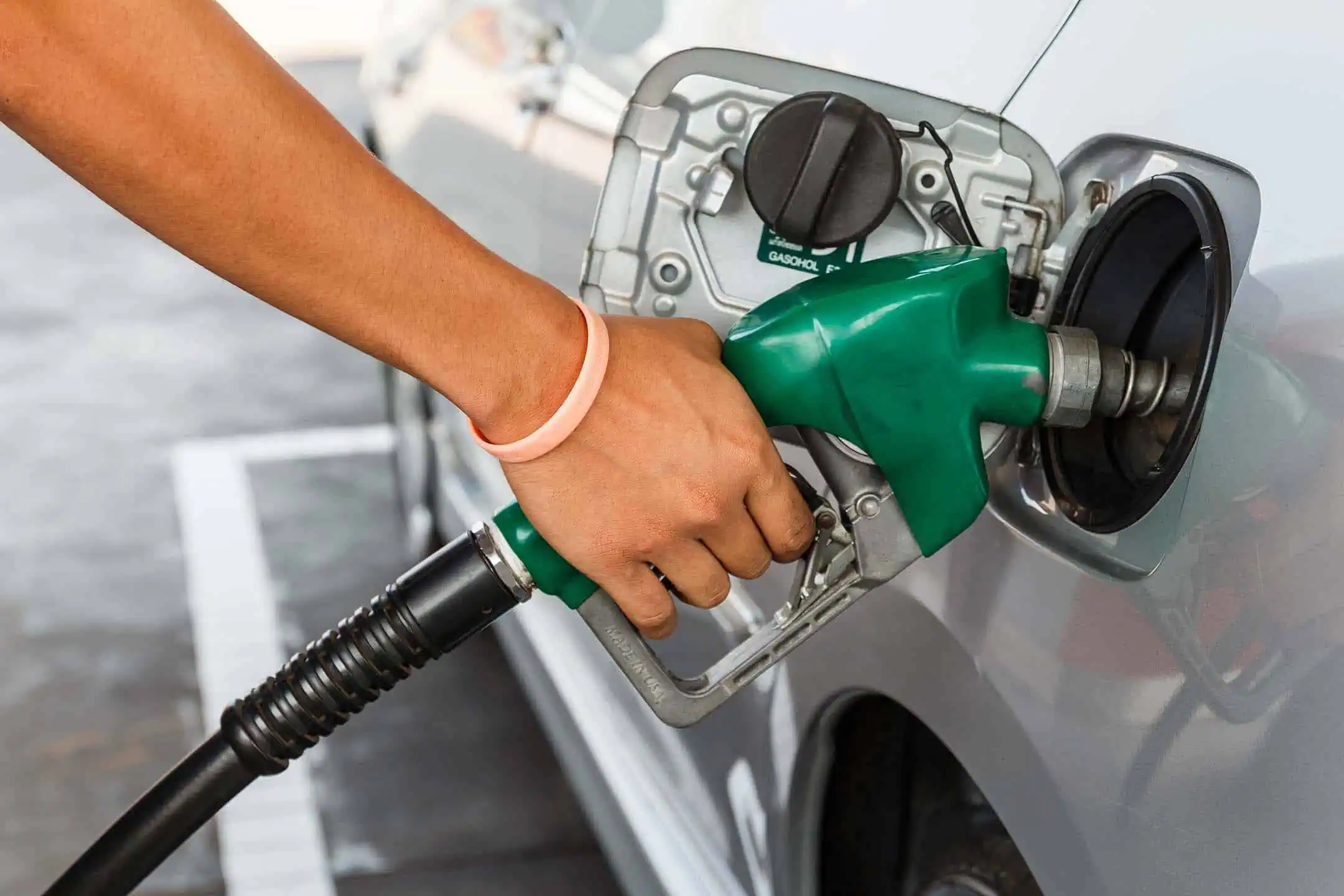Owning and running a car UK
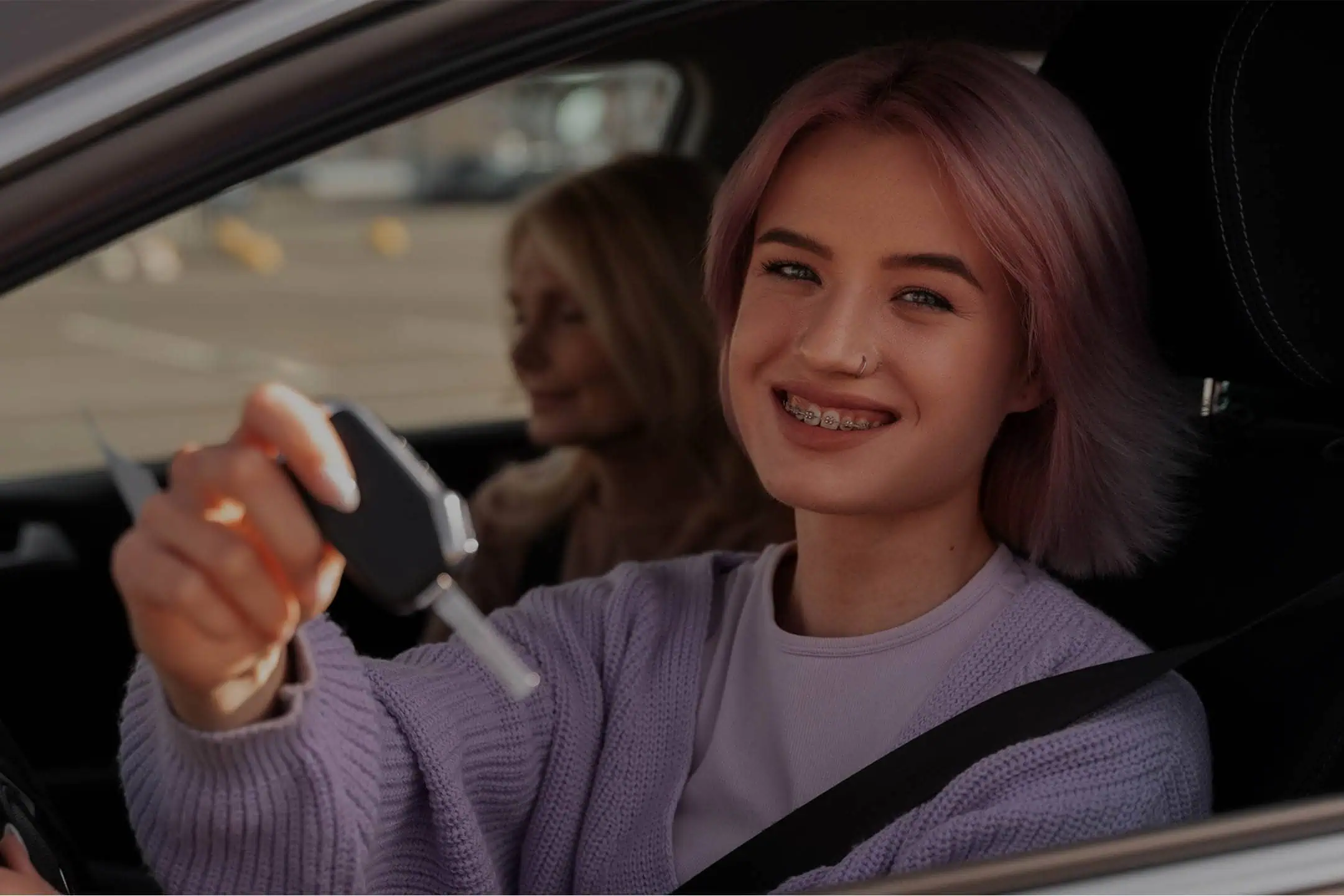
Docs
Servicing
Essentials
Penalties
Running Menu
Owning and running a car UK - What you need to know!
Welcome to car ownership so you now have your car – congratulations! While getting here has been a long journey, things are just beginning!
Being a car owner and looking after your car isn’t difficult – if you have the proper knowledge.
Our car ownership section will detail everything you need to know to be a responsible and safe car owner.
Of course, a massive part of being a responsible car owner is ensuring you drive safely – check out our driving guide!
What documents do you need when buying a used car?
There are quite a few documents involved in car ownership. We’ve listed a few of the most important below:
Driving licence
One of the essential car owner documents to keep ahold of is your driving licence ID. You can check your driving licence online (for an employer, for instance) on the GOV UK website.
V5C
You’ll receive the V5C certificate (the logbook) when you buy a car. This doc keeps all essential details about the vehicle and its keeper, including the car’s reg number, date of first registration, manufacturer and model, and more.
You’ll also require your V5C when you sell your car, as it’s a vital piece of the car ownership change-over. Remember, though, a V5C is not a car ownership check – if you lease a car, for instance, then you aren’t the legal owner. However, you are the registered keeper!
Owners manual
You must know where your owner’s manual is. If you have a problem with your car or need a new part, this will tell you precisely what you need.
You can usually find owner manuals online on the manufacturer’s website! An owner’s manual isn’t a piece of car ownership proof. However, it’s still super important that you have access to a copy of your manual.
MOT Certificate
When your car goes through an MOT test, you’ll get an MOT certificate detailing if the vehicle has passed or failed.
You need an MOT test certificate to prove your car has passed its MOT. If you lose your certificate, you can get a replacement MOT certificate from the DVLA.
How do I pay my car tax?
Car tax is straightforward to pay, and you can do this online. Head to the DVLA website and enter the reference number from your car’s V5C.
You can then pay your car tax for the year or monthly instalments.
If you decide to take your car off the road, you can apply for SORN (statutory off-road notice), which means you don’t have to pay road tax or insurance on your car – however, you can’t drive it!
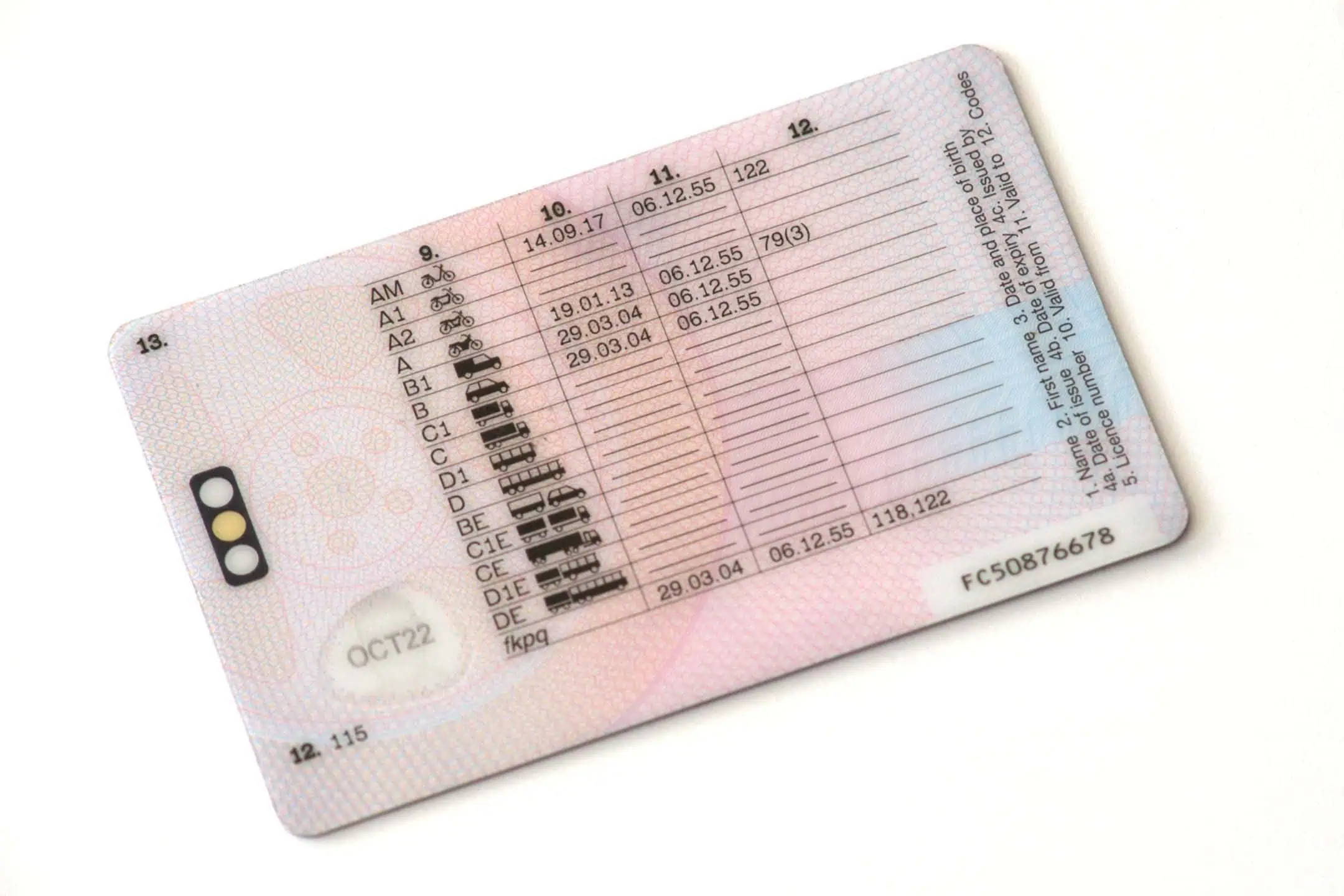
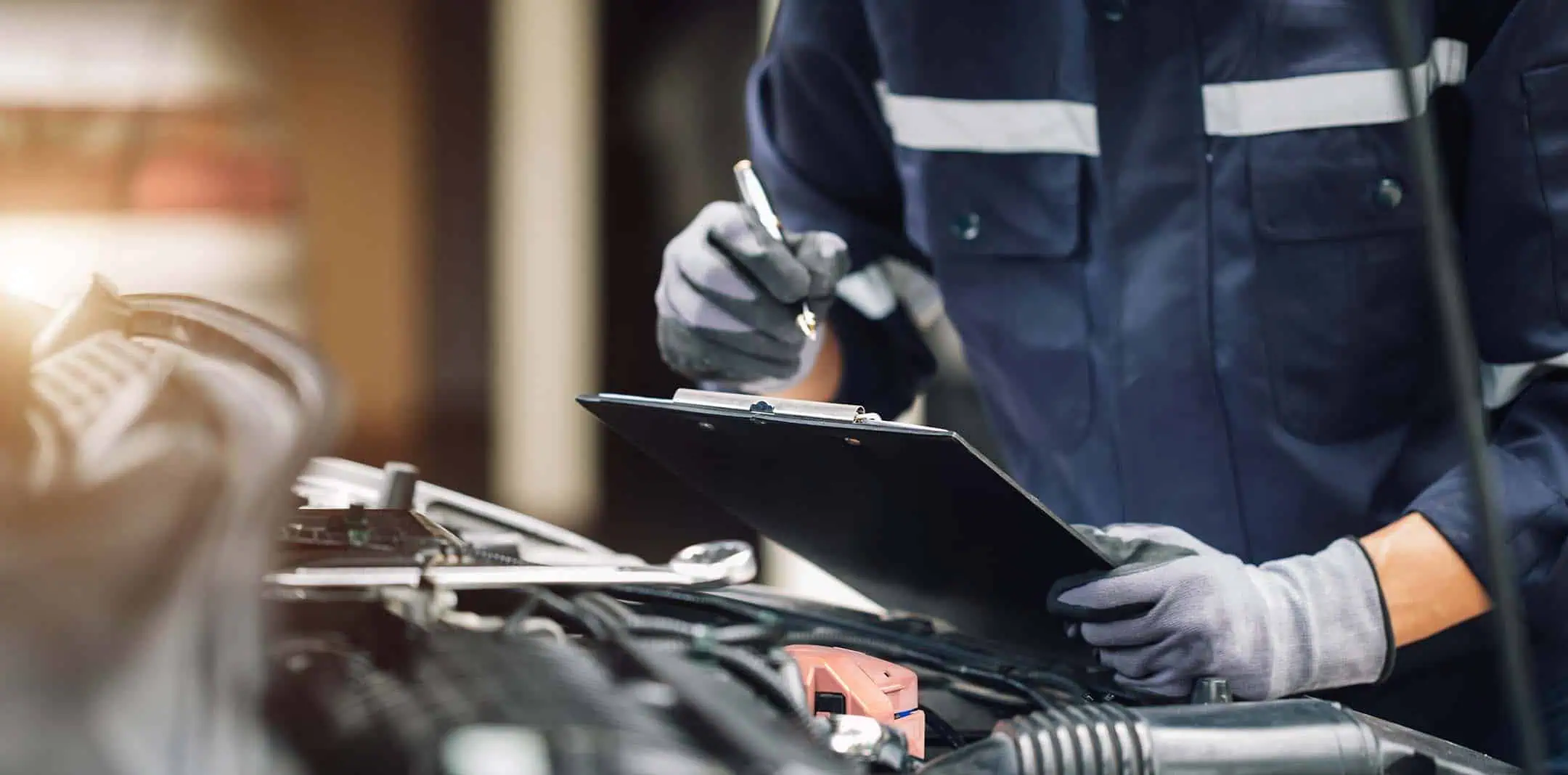
How often should I get a car service?
Getting your car serviced is one of the most important aspects of responsible car ownership.
You have two options with services – you can opt for an interim service, which every six months or 6000 miles. Typically for those that drive a lot but if you drive a moderate amount, a six-month service probably isn’t necessary.
A full service, however, is necessary for every car and should happen every 12 months (annual) or 12,000 miles. The service involves a check of your engine, brakes, and the full drive system of the car.
When selling your car on, you’ll find that you’ll get a much higher price if your vehicle has a full service history.
Even more critically, neglecting to get your car serviced could cause you to be a danger to yourself or other road users.
A service will only cost you around £150 every year, so don’t be selfish – get your car serviced!
What’s involved in an MOT test?
Your car needs to go through an MOT test every 12 months. It’s a legal requirement – if you fail to take your car for a test, you can’t drive your car!
Fortunately, if your vehicle fails its MOT test, you can have it repaired on the spot to remedy the problem.
It’s essential to know the distinction between an MOT test and a service.
An MOT test is a test to verify that your vehicle meets the minimum required safety standards.
However, it’s important to remember that the MOT test only confirms that your car was safe at the time of the MOT check.
If your car develops issues after passing the MOT test, you shouldn’t just assume that because your MOT test was ok, you should ignore it!
Similarly, an MOT doesn’t cover the car’s engine, gearbox, or clutch. As such, it’s simply not a replacement for an annual service.
Before your MOT test, it’s worth doing some simple checks – as your car can fail for simple reasons.
For example, make sure that your tyres are at the right pressure, and double-check all of your car’s headlights are working.
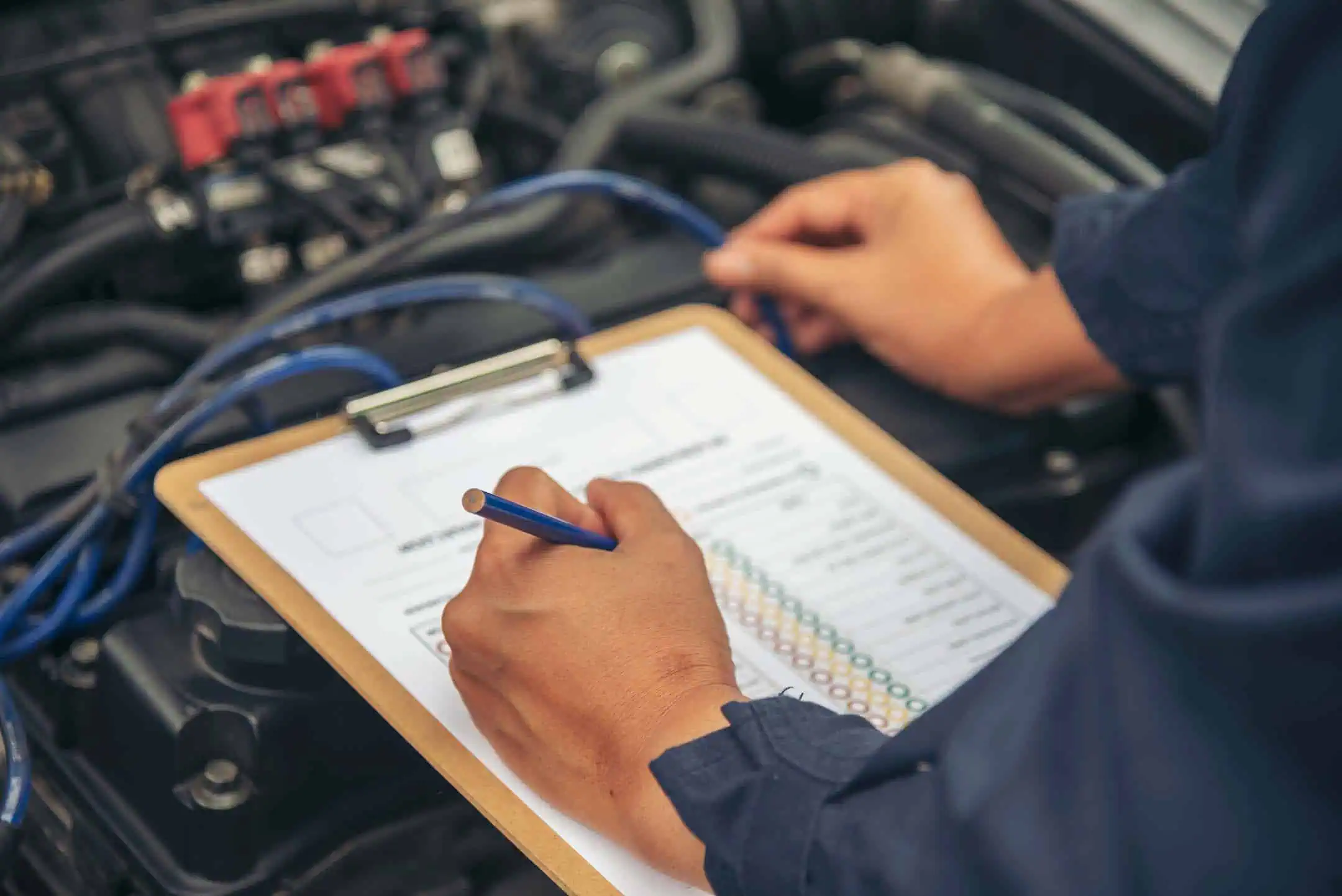
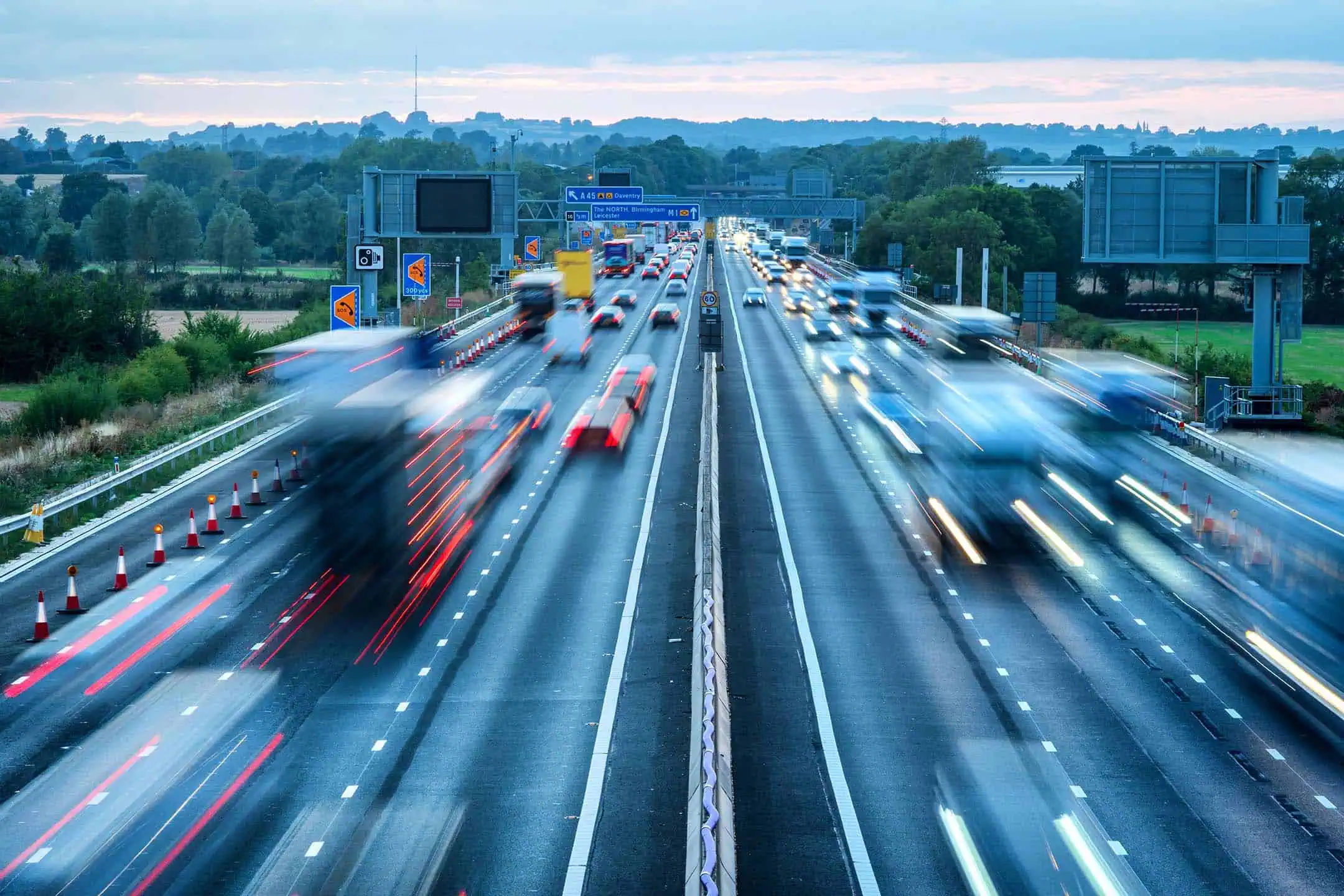
What should I do if my car breaks down?
As a car owner having your car break down is extremely scary.
By far, the most important thing you can do is get breakdown cover. You can find basic packages from less than £10 a month – it’s simply not worth it to take the risk.
When your car breaks down, it’s essential to stay calm. Don’t panic – breakdown services tend to arrive very quickly now. The most important thing to do is to make sure you’re in a safe place.
To keep yourself comfortable, it’s worth packing a small car breakdown kit, including:
- Reflective jacket: This is vital if you break down at night and need to leave your car.
- Red warning triangle: Useful for alerting other motorists. However, don’t risk this on a motorway.
- Power bank: To get in touch with your breakdown cover company, you’ll need your phone! If your car has a USB port, make sure to keep your cable in the car. Otherwise, a fully charged power bank works just as well.
- Warm clothing: Make sure to pack a waterproof and cold-weather jacket, as you don’t want to freeze if you breakdown at night.
What do I do if I get into a car accident?
Stay calm and don’t get emotional. Never admit fault, as you won’t have a proper perspective on what exactly happened.
Check the people involved are ok
Firstly, you need to make sure that you stop the car at the scene of the accident. Make sure no one (including yourself) are hurt. If anyone has injuries, phone 999 and don’t move the injured person – leave that for the medical professionals.
Check for hazards to other road users
You then want to ensure that your damaged vehicles aren’t a hazard to other road users. If so, you need to call the police immediately. If you have a warning triangle, try and use this.
Record the details of the accident
Next record the scene of the accident. Make notes of the time and date of the accident, where it took place, the weather, the speed limit, and how it happened.
Take a photo of the crash and any damage to vehicles
Finally, make sure you exchange details – get the other person’s name, address, contact details, vehicle registration number, and their insurance provider and policy number.
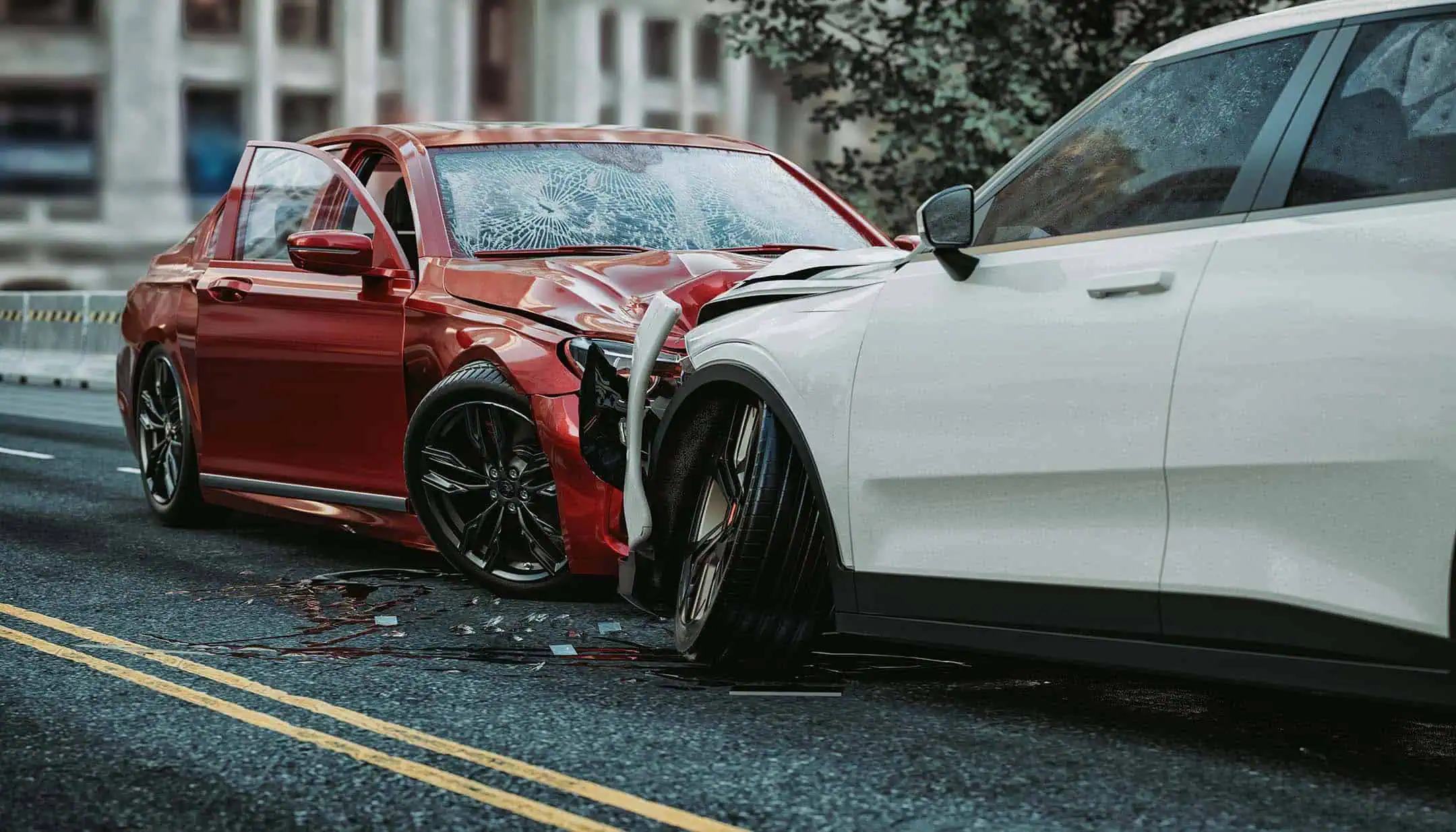
How do I make an insurance claim?
If you’re unfortunate enough to be in a car accident, you’ll likely need to make an insurance claim.
To claim on your insurance, call your insurer and give them the details you took at the scene of the accident. Your insurer will provide you with a claim form that you need to fill up as accurately as possible. Be honest and neutral.
However, it’s essential to know that you don’t HAVE to claim on your policy. If the repairs are minor, it might not be worth it, as you will lose your no-claims bonus and your insurance will be more expensive next year.
For instance, if you want to claim for £400 but your voluntary excess is £300, you’ll only get £100 from your insurer. Not worth it!
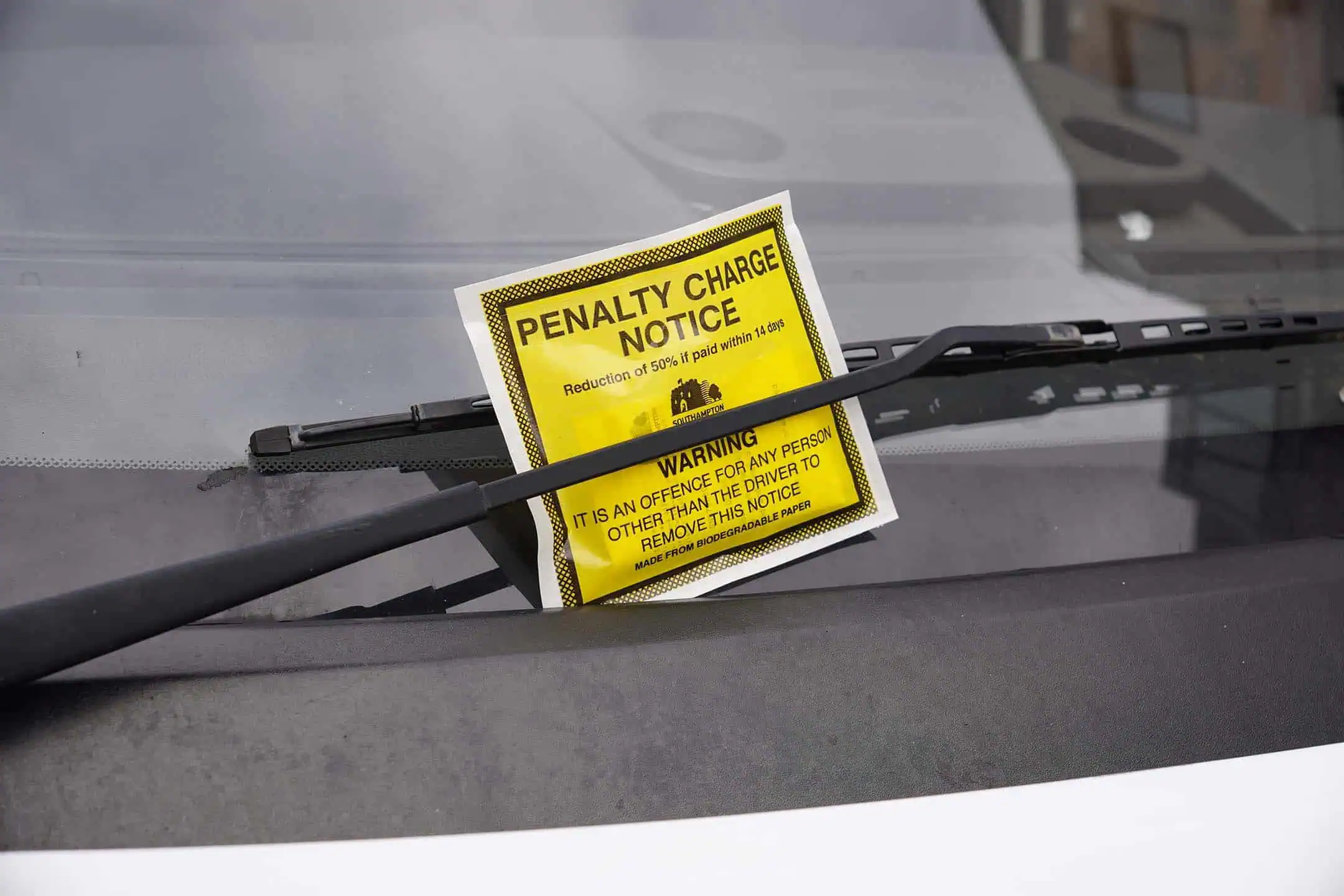
What type of driving fines are there?
There are three types of driving fines in the UK:
FPN: A Fixed Penalty Notice
The FPN is probably the most common type of fine in the UK and is a downside of car ownership.
If you get caught speeding or texting when driving, you’ll receive an FPN. You’ll usually pay at least £100, but worse than that, you’ll have points put on your license.
These points will increase the cost of your insurance, and if you get enough points, you’ll receive a driving ban.
However, some FPNs are non-endorsable usually minor offences, like failing to wear a seatbelt, or parking and blocking a junction. You’ll still receive a fine, but no points.
PCN: A Penalty Charge Notice
PCN’s are fines that are given out by local councils. Usually as, parking fines, for various reasons – including parking without a ticket, or parking on yellow lines.
You’ll likely face a fine of £50-£130, depending on your location. If you pay the charge within 28 days, you only need to pay 50% of the fine. If you don’t pay it within this time and fail to submit a valid appeal, you’ll need to pay the full amount.
VDRS:
Less common than an FPN, a Vehicle Defect Rectification Scheme is where the police allow you to fix any minor issues with your car.
For instance, if you have a worn tyre or a broken headlight, you can get a VDRS.
You have 2 weeks to repair the vault and take the car to an MOT test station, who will pass proof of repair on to the police. You won’t face a fine or penalty points.

